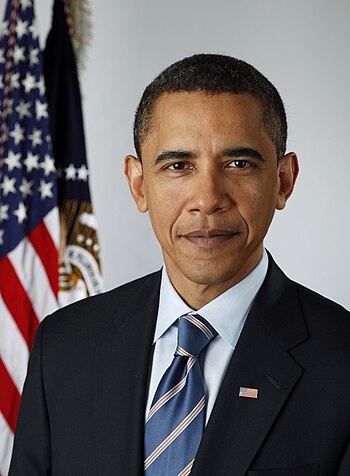Merry Christmas to me! I was due for a phone upgrade with Verizon so I opted for the new Google Pixel phone! I went with the 5" model because I hate giant "Zack Morris" phones. So far I like everything on the Pixel except how Google wants you to setup email.
If the only email you use is Gmail, then you have nothing to worry about. By default the only email client that comes with the Pixel is the Gmail client, and it works well for Gmail users.
However, if you are like me and millions of other users, you need Exchange or Office365 support for work email. The Gmail client will setup the email part for that fine, but it will not work with Exchange/Office365 calendar. WTF Google!?
No problem, Bauer-Power here! To make this work, you just need an easy to use third party email client. I found a free one that works great in the Google Play store called VMWare Boxer Email!
The cool thing about it, at least on the Pixel, is that it integrates with the Google Calendar client. VMWare Boxer has it's own built in calendar display though, so if you want to use Google's Calendar client you will want to disable calendar notifications in VMWare Boxer.
For you Evernote users, VMWare Boxer has integration for that as well!
Once I installed VMWare Boxer for email, everything else on the Pixel was pretty bad ass. My only gripe is their lack of Exchange support.
Do you have a Pixel? Do you like it? Dislike it? Let us know in the comments.
If the only email you use is Gmail, then you have nothing to worry about. By default the only email client that comes with the Pixel is the Gmail client, and it works well for Gmail users.
However, if you are like me and millions of other users, you need Exchange or Office365 support for work email. The Gmail client will setup the email part for that fine, but it will not work with Exchange/Office365 calendar. WTF Google!?
No problem, Bauer-Power here! To make this work, you just need an easy to use third party email client. I found a free one that works great in the Google Play store called VMWare Boxer Email!
The cool thing about it, at least on the Pixel, is that it integrates with the Google Calendar client. VMWare Boxer has it's own built in calendar display though, so if you want to use Google's Calendar client you will want to disable calendar notifications in VMWare Boxer.
For you Evernote users, VMWare Boxer has integration for that as well!
Once I installed VMWare Boxer for email, everything else on the Pixel was pretty bad ass. My only gripe is their lack of Exchange support.
Do you have a Pixel? Do you like it? Dislike it? Let us know in the comments.


 7:00 AM
7:00 AM
 Paul B
Paul B




























